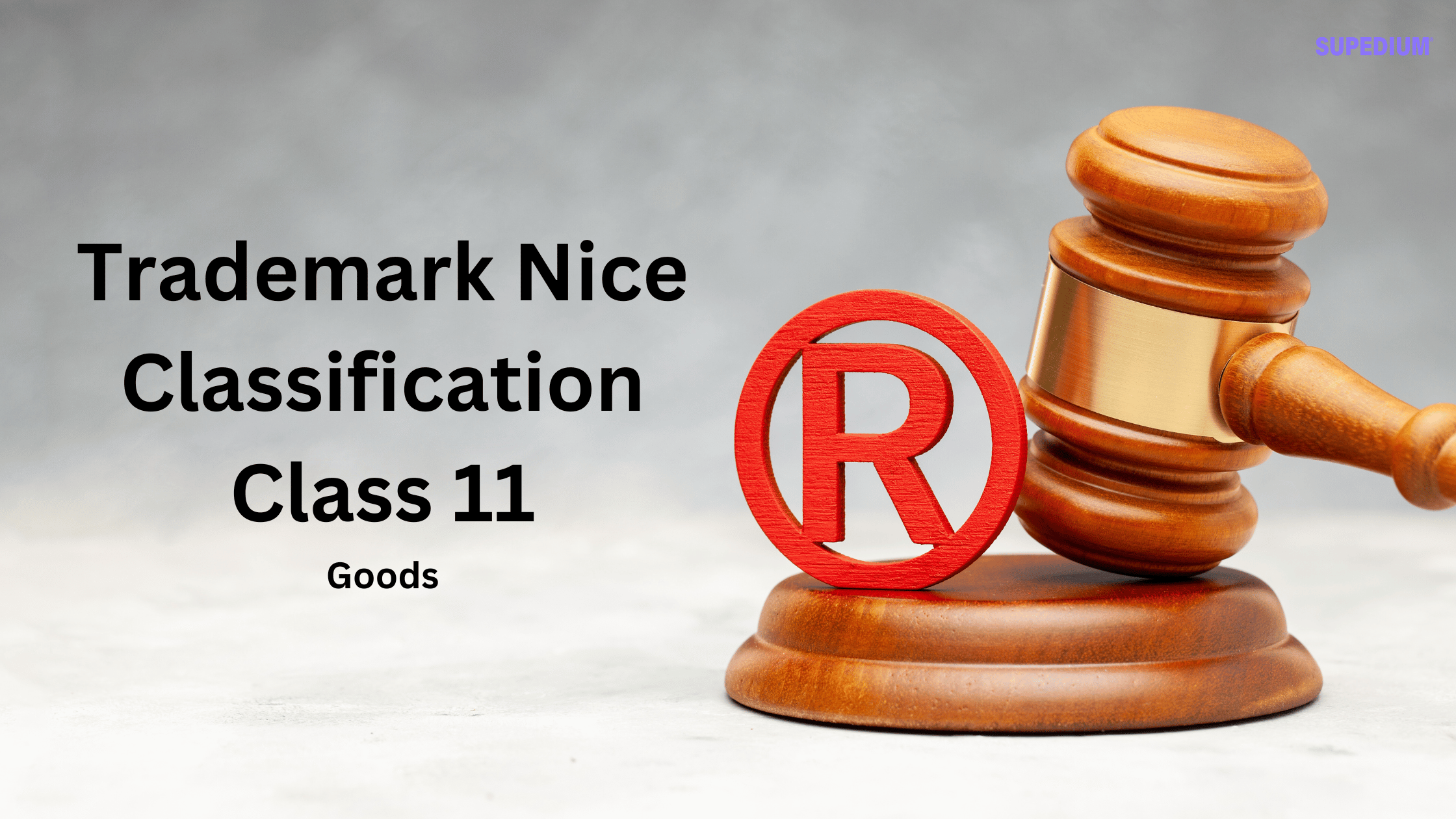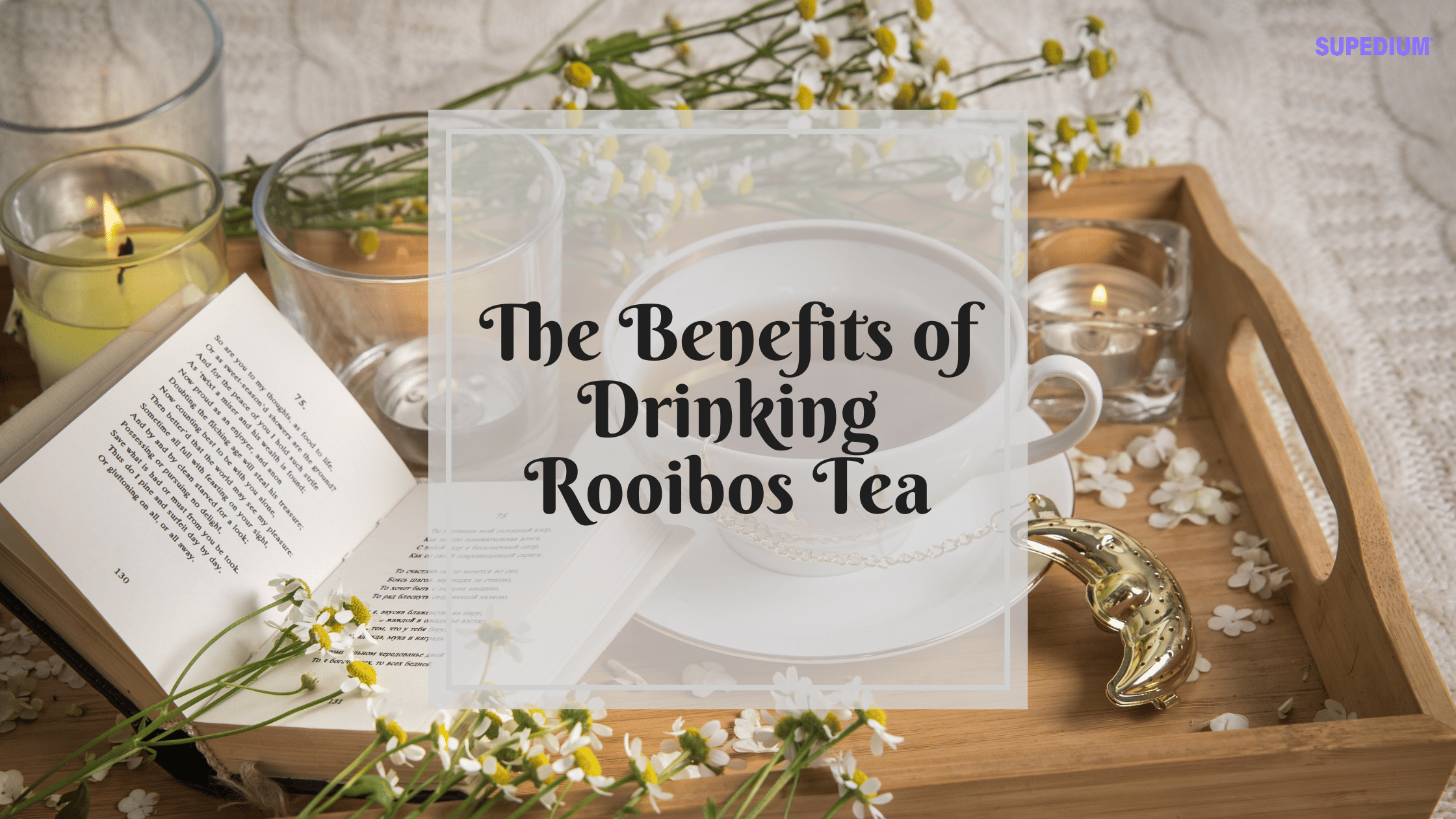Table of Contents
![]()
Introduction
The Nice Classification system, established by the Nice Agreement (1957), categorizes goods and services for the registration of marks. Among its 45 classes, Class 11 plays a crucial role in defining various environmental control technologies, focusing on apparatus and installations essential for daily living. This article explores the scope of Class 11, detailing its categories, notable inclusions, and exclusions.
What is Class 11?
Class 11 is dedicated to environmental control apparatus and installations. It encompasses a broad range of products related to lighting, heating, cooling, steam generating, cooking, drying, ventilating, water supply, and sanitary purposes. The primary focus of this classification is to facilitate the trademark registration process for products that enhance comfort and functionality in residential and commercial settings.
Key Categories in Class 11
1. Environmental Control Apparatus
This category is central to Class 11, highlighting the importance of technologies that regulate the environment. Products like air-conditioning units, ventilators, and humidifiers fall under this umbrella. The growing emphasis on energy efficiency and sustainable technologies has led to innovations in this sector, making these products vital for modern living.
2. Heating and Cooking Installations
Heating and cooking appliances are crucial components of Class 11. This includes various types of ovens that are not intended for laboratory use, such as:
- Dental Ovens: Specifically designed for dental applications.
- Microwave Ovens: Popular for their convenience in cooking and reheating.
- Bakers’ Ovens: Specialized for baking purposes.
In addition to ovens, this category also encompasses heating apparatus like stoves, which are essential for both residential and commercial cooking environments. Electric cooking appliances, such as yogurt makers, bread-making machines, and coffee machines, illustrate the diversity of products in this classification.
3. Cooling and Ventilation Systems
Air-conditioning apparatus and installations are vital for maintaining comfortable indoor temperatures. These systems not only cool air but can also improve air quality through effective ventilation. Given the increasing global temperatures and climate change concerns, efficient cooling solutions are becoming indispensable in both homes and workplaces.
4. Lighting Installations
Class 11 covers various lighting apparatus and installations, which are essential for safety and functionality. Examples include:
- Luminous Tubes: Commonly used in commercial lighting.
- Searchlights: Utilized in security and event settings.
- Vehicle Reflectors: Critical for road safety.
Different types of lamps, such as electric lamps, gas lamps, street lamps, and safety lamps, are also included. Innovations in lighting technology, like luminous house numbers, reflect the ongoing evolution in this sector.
5. Sanitary Installations
Sanitary installations are a key aspect of Class 11, addressing essential health and hygiene needs. This category includes:
- Bath Installations: Components and fittings necessary for bathrooms.
- Toilets and Urinals: Critical for sanitation in residential and commercial spaces.
These installations play a vital role in promoting public health and comfort.
6. Miscellaneous Installations
Class 11 also includes various other installations, such as:
- Fountains: Decorative and functional water features.
- Chimney Flues and Blowers: Important for proper ventilation in heating systems.
- Electric Heating Pads and Blankets: These products provide comfort without medical applications.
Exclusions from Class 11
While Class 11 encompasses a wide range of products, it explicitly excludes certain items that fall under different classifications. Notably, these exclusions include:
- Steam Producing Apparatus: Categorized as parts of machines in Class 7.
- Medical and Laboratory Equipment: Such as lamps for medical purposes and laboratory ovens, classified in Classes 9 and 10, respectively.
- Non-electric Cooking Utensils: Items like non-electric griddles and pressure cookers are classified under Class 21.
Understanding these exclusions is essential for businesses seeking to register trademarks, ensuring that they correctly identify their products within the appropriate classifications.
Conclusion
Class 11 of the Nice Classification system is significant for understanding the trademark landscape surrounding environmental control technologies. By encompassing a wide variety of apparatus and installations, Class 11 underscores the importance of products that enhance our living conditions. As technology evolves, so too does the relevance of this classification, making it essential for businesses to stay informed about the scope and specifics of Class 11 for effective trademark registration and protection.
Share This





Be the first to comment